In Defense of the Remake: Friday the 13th

Schlock is in the eye of the beholder. Just ask Roger Ebert and Gene Siskel, inarguably the most prolific film critics of all time. They reviewed hundreds of films, both in tandem and individually; they debated Best Picture winners, dramas, foreign epics, and comedies.
But, in all of those years of teaching the American moviegoing public how to watch movies intellectually, there was one series of films for which both men shared an equitable derision…
Friday the 13th.
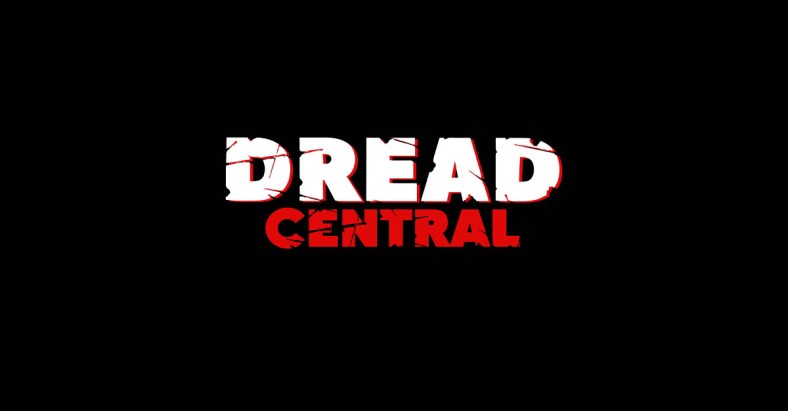
Throughout a well documented history of passionate bile spewing, beginning with Siskel’s review of the original 1980 film in which he spoiled the twist ending, the duo slashed and stabbed at the iconic film series with a bloodlust which Jason himself would be proud of by denouncing the film and everything of its ilk to not only be trash of the lowest common denominator but also unashamedly misogynistic, as the victims of these films were invariably young, defenseless women with a penchant for dying badly. The “depravity” of these experiences were railed upon as sickening, as a representation of society’s inherent hatred of women, with Ebert himself describing the experience of watching one of these types of slasher films with a full audience as “a very scary experience” where people were identifying not with the victims but with the murderous antagonists, reveling in the gore ridden spectacle of the kill. These opinions were parroted by both men for the rest of their careers, with a shared crusade clearly bent toward eliminating this type of film from movie screens in an effort to perpetuate more “artistic,” more considerably constructed horror films such as Halloween.
With respect to both Mr. Siskel and Mr. Ebert, both of whom were integral to this writer’s understanding of how to critically dissect a film and its societal ramifications, there is little doubt that their main issue with the Friday the 13th style of filmmaking is a simple lack of understanding intent: intent of the genre, intent of the filmmakers, and the intent of the audience for whom these films are revered artistic expression. In the eyes of both critics, the filmmakers were as depraved as their homicidal creations, Siskel even referring to Friday the 13th’s director Sean S. Cunningham as “one of the most despicable creatures to ever infest the movie business,” with a belief that anyone who could enjoy watching an elderly woman be decapitated or a teenage girl graphically receive an axe to the head as reveling in depravity the likes of which should be derided and snuffed from society as a whole, the reality of the films’ depictions being so raw in their representations of serialized death and blood spewing slaughter as to somehow mask the subjectivity of fiction.
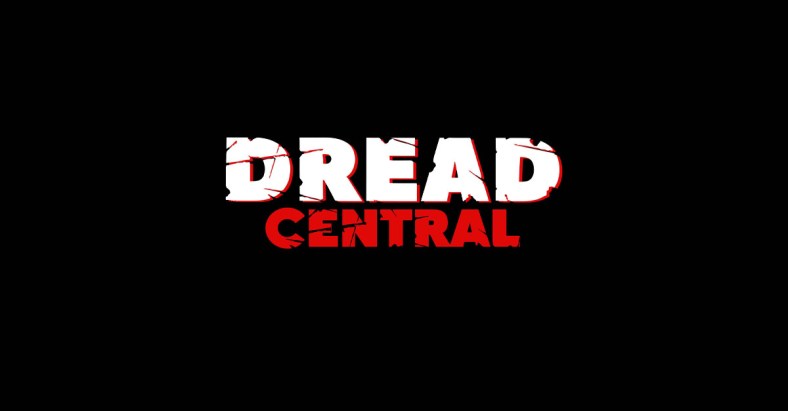
But, as if in spite, Friday the 13th not only remained within the public consciousness, it became iconic, with mythology molded into being by the original classic and stretching into the 21st century with the 2009 remake. Friday is one of a select few horror creations which has transcended the bounds of its own universe, creating not only the boogieman of Camp Crystal Lake but also a generation of gorehounds to whom the art of the bloody righteous kill is religion.
In 1978, Halloween took America by storm, heralding not only a fresh take on the horror genre from a creative perspective but also from a financial one. Made for only $300,000 and grossing $47 million, Carpenter’s masterpiece would become a blueprint for independent filmmakers trying to make a buck, utilizing low budgets and heightened violence as selling points with hopes of swelled monetary returns. One such filmmaker was Sean S. Cunningham, formerly a producer on Last House on the Left, who was coming off directing a low-budget knock-off of The Bad News Bears called Here Come the Tigers. Cunningham capitalized on the opportunity that Halloween provided, buying a full-page ad in Variety showcasing a film entitled Friday the 13th before even a single frame was shot in an effort to drum up investor interest. The finished product cost $700,000 and would go on to gross over $39.7 million and spawn 11 sequels over three decades. Cunningham’s foresight seems to have paid off.
What’s curious about the original film, as a whole, is that it’s not incredibly well made. The gimmick of “psychotic killer” was nothing new; it had been done before and, arguably, better. Its aesthetic is simplistic, its screenplay plodding, and its characters drawn with the broadest of brushes. But there was somethin, two things actually, which subversively made Friday the 13th special when compared to its peers of the time, the aspects for which it would be forever remembered and revered: gore and mythology.
Whereas Halloween’s kills were masked by deep shadows and impressionistic blackness, Friday’s deaths were acutely in your face; lit with near blinding clarity, the audience didn’t have the luxury to question what was happening on screen. The Crystal Lake counselors’ deaths were bloody, shocking, and unrelenting; you’d have to close your eyes to not bear witness to their brutal disfigurements. Highlighting some of the earliest work of makeup effects maestro Tom Savini, there’s a tactile reality to the blood spilled; you see the weapons enter their bodies, and you see the immediate aftermath of the carnage taking place. It’s as if the filmmakers are actively forcing the audience to be complicit in the violence inflicted, unwilling to allow them a reprieve by cutting away or showing the gruesome acts in shadow. And while Michael Myers’ kills were largely utilitarian, Friday brought to the table a new element: creativity. Counselors were knifed, axed, impaled with arrows, and macheted in gloriously blood-soaked fashion. Whereas in Carpenter’s world the audience’s question was IF the characters would die, at Camp Crystal Lake the question was not so much IF but HOW, characters acting more like bloody conduits for imaginative brutalization than protagonists, blood puppets lowered into a cosmic garbage disposal.
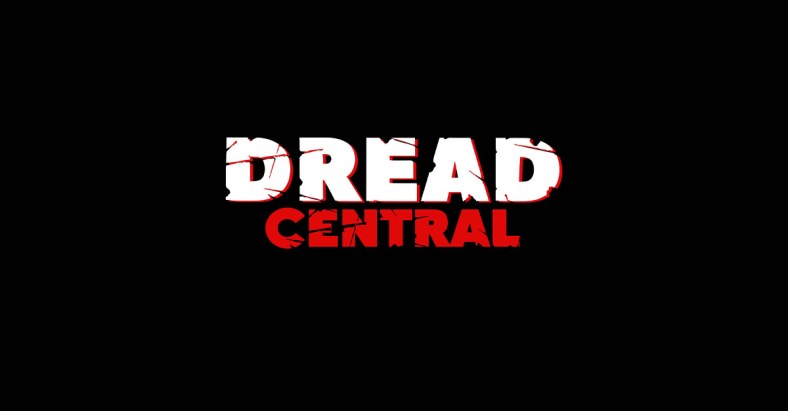
Since the deaths of the counselors, or main characters in general, are largely secondary within the Friday the 13th narrative; it’s an empathic mythos which allows it to stand apart. While Michael Myers was psychotic as a child and Freddy a pedophile, Jason Voorhees is a victim of circumstance: drowned by the negligence of others and driven to kill by the death of his mother, who herself was only killing out of damaged love. Ridiculous as Jason’s actions would become throughout the series, there was always an underlying understanding that he was not born a monster; instead, he was cannibalized by the world, molded by tragedy into the supernatural force he would become. To that end, Ebert’s criticism that the audience was identifying too heavily with the killer as opposed to the victims is an accurate one, a device made more apparent by the original film’s propensity to use a POV killer perspective, much like the opening of Halloween. What Ebert failed to understand was that the audience’s empathy was not misplaced upon the monstrous actions of Mrs. Voorhees or later Jason himself, but instead was led in that direction, either by providence or design, in an effort to differentiate this story from its contemporaries by literally giving an insight into the mind of a killer.
The legacy of the original 1980 classic is undeniable. From humble beginnings, Friday the 13th spawned a monster of Frankenstinian proportions, Jason becoming as synonymous with horror as Mickey Mouse with family entertainment. The hockey mask visage created an iconography which bypassed generations and, like many of its slasher flick kin, tried to capitalize on its popularity with subsequent sequels that raised the stakes again and again and again. Finally, after Jason had made his way to Manhattan, Hell, Space, and fought Freddy Krueger, it was as if the steam on the Friday train had run out. And in the same way that a comics universe might overextend itself and become crushed under its own weight, so was the universe of Friday the 13th. After space, where else was there to go? Quite simply, back to earth, in both literal and philosophical fashion. The only option was to reestablish who Jason was, to integrate him back into the roots of what made him imposing in the first place.
In short, Mrs. Voorhees’ little boy had to come home.
Looking at feature film franchises which began as small budget ideas and expanded outward exponentially, there is always a point where a return to basics is essential, Star Wars being a recent example. After the outlandish extravagance of the prequels, The Force Awakens was part sequel, part reboot, focusing upon the basic tenets of the property and characters in an effort to refocus the compass and move forward into the future with fresh and interesting stories to tell. In 2009, that was the ultimate goal of Platinum Dunes and director Marcus Nispel: to reinvigorate the Jason story the same way that he had The Texas Chainsaw Massacre franchise six years earlier, an effort that would go on to spawn a prequel three years later. To do this, they took Jason back to Camp Crystal Lake and gave him a fresh batch of teens to systematically plow through, a largely infuriating bunch which seem to have been written specifically for ultimate audience catharsis upon their demise. And if there’s a single thing the remake gets points for, above all else, it’s the fact that it is the most Friday the 13th a Friday the 13th movie could possibly be. It has all the hallmarks: hockey mask, machete, creative and brutal kills, protagonists you don’t really care about, an ambiguous death from Jason himself, and then a final jump scare that made eighth graders squeal before credits. It was a film attempting to provide the dual service of reclaiming what fans originally loved about the world while also winning over new fans by, in essence, offering up a “best of” reel from Friday’s illustrious past. And for this, I feel the film should be commended.
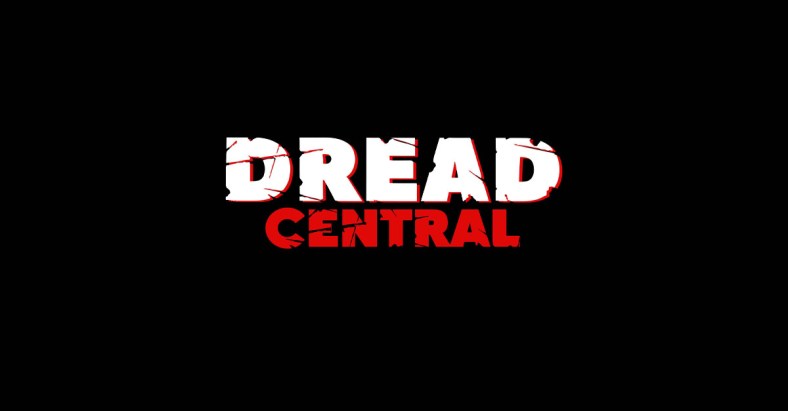
The appeal of Friday has never been its intricate, character-based analysis of humanity. Its strength, in many ways, lies within its simplicity, its immovable stubbornness to remain the series of films where you go to see teenagers get killed in increasingly innovative and laugh-inducing fashion. In the same way the Halloween franchise molded itself into a dissection of psychosis and the Nightmare sequels made heroes from victims, Friday remains the steadfast bastion of kills for their own sake, a cathartic wellspring of fake blood and gore for audiences to lose themselves within year after year. Compared to the Saw films which were “baseball bat to the head” brutal in their depictions of suffering, Friday never lost its sense of, as weird as it sounds, fun. There was an in-joke being whispered between filmmakers and audience, a secret message of subversion only understood by those in the know. This was all fakery pretending to be real; as authentic as the gore was, as fantastic the kills and mutilations, the understanding has always been that it was for show, a game which could be reshuffled and played again and again. As certain as the sun would rise, Jason would return to fight another day, and there would be a fresh batch of teens ready to be sacrificed to his murderous desires. That was the contract, signed in blood, between creators and fans, a symbiotic relationship of mutual affection; and the bloodier things got, the more they cheered.
In his review of the 2009 remake, Roger Ebert called the film, “about the best Friday the 13th movie you could hope for,” an analysis which I would hold to be accurate. Whereas, the remakes of Halloween and A Nightmare on Elm Street both attempted to reimagine the origins of Hollywood’s holy trinity of murder, Friday the 13th (2009) instead created a film about itself, the summation of a franchise with thirty years of history at its back. While arguments can be made for its ranking amongst the pantheon of the series’ installments, its well earned inclusion among them I feel to be indisputable.
With the recent announcement that the upcoming Friday the 13th film will be written by none other than Prisoners screenwriter Aaron Guzikowski, with a story highlighting previously unexplored aspects of Jason’s parentage, the franchise is running strong and in no danger of going away for good. Not unlike Jason itself, I see no future where Friday the 13th films cannot resurface from the depths of Crystal Lake – fresh, reinvigorated, and hungry for blood.
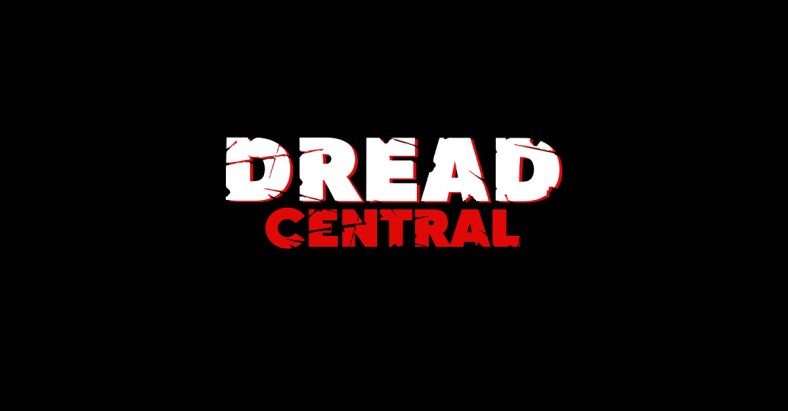
Categorized:Editorials News

